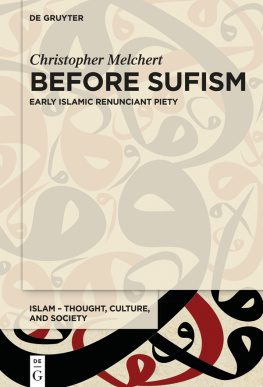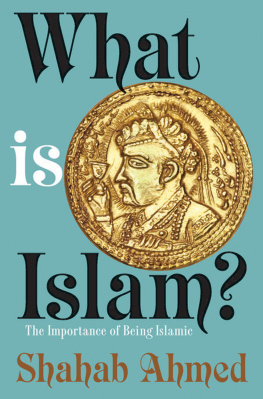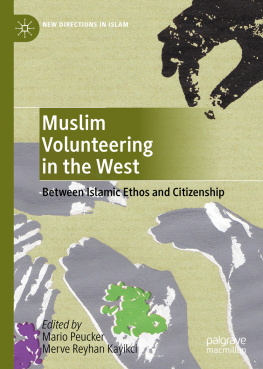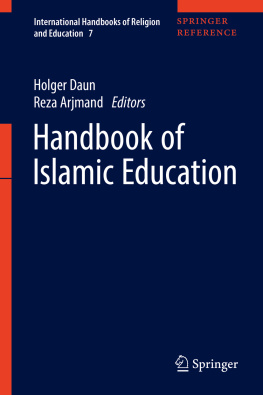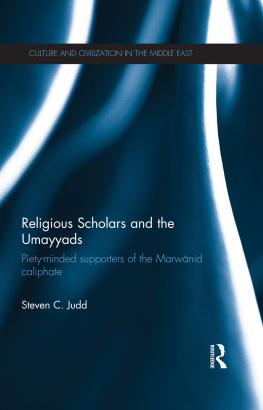ACKNOWLEDGMENTS
Although writing is often a solitary process, one is never truly alone. I conducted this research in Amman from 2007 to 2009, with an additional visit in 2012. In the process I accrued many debts. Many people contributed their time, efforts, resources, and support to help make this research and publication possible. First and foremost, many Jordanians and Palestinians not only gave me windows into their daily lives but also provided years of friendship and support. While the research demands anonymity, this is not an indication of a lack of appreciation. I am forever indebted to them. I can only hope that I have done their lives some measure of justice.
The International Islamic Arab Bank allowed me exceptional access, and I would like to acknowledge the hard work of Akef Hamam, Manar Al-Kisswani, and Alia Ali on my behalf. I know it was not always easy for the employees to give me so much of their time. This research would not have been possible without their help, sitting with me and walking me through day-to-day operations. I am deeply and tremendously grateful. I hope those affiliated with the bank will find my assessments well reasoned and respectable, even if they disagree with them.
The Department of Anthropology at Boston University was steadfast in providing financial, intellectual, and moral support. In particular, thanks to Bob Hefner for a decade of assistance. This project came about only because of a lengthy letter of encouragement that Bob sent my way. I am extraordinarily grateful that he was and is still looking out for me. I was also extremely fortunate to have a wealth of support from Richard Norton, Rob Weller, and Nancy Smith-Hefner. Kimberly Arkin, Charles Lindholm, Parker Shipton, Shahla Haeri and Jenny White also provided feedback over the years. Mark Palmer and Kathy Kwasnica were endlessly patient with me. I am deeply appreciative. I also acknowledge the time and support provided by Wheaton College and its Department of Anthropology. Berlin Graduate School Muslim Cultures and Societies and the Center for Area Studies at the Free University in Berlin provided me with extended periods of support to dig deep into the writing. The book is considerably better for their help.
I am grateful for the years of financial support that I have been awarded. The Institut fr die Wissenschaften vom Menschen in Vienna; the American Center for Overseas Research in Amman, Jordan; Philanthropic Educational Opportunities; Alain McNamara at Fulbright and the Institute for International Education all generously funded portions of fieldwork. The Andrew W. Mellon Foundation, through Wheaton College, provided assistance with the 2012 research period.
Other people and institutions also supported this research. Fida Adely, Daromir Rudnyckyj, and Jillian Schwedler were instrumental to its development. I continue to be inspired by their scholarly contributions. The Arabic instructors at the Qasid Institute for Classical and Modern Standard Arabic in Amman endured many painful hours of my developing language skills. The University of Jordan brought me in as an instructor of English and opened the resources of the university to me. Dar al-Tawfiq allowed a non-Muslim through its doors. For all of these people and places, I am grateful.
I offer a very special thank you to the many people who read and commented on the book. Their feedback was vital. I thank Brian Howell, Stephen Mathis, Chloe Mulderig, Claire Oueslati-Porter, Chris Phillips, and Chris Taylor for reading and commenting on various drafts and sections. Special thanks to Jillian Schwedler for the particularly thoughtful comments. The Members of the Unnamed Research Group (MURG) read the draft in its entirety at least once, providing constructive feedback every week during the spring of 2012. Austin Jessie Davidson, Sally Dexter, Savannah Geasey, and Claire Rowell constituted a tremendous editorial team. Their dedication, even at times when it likely conflicted with their own studies, was admired and deeply appreciated. Austin Jessie Davidson, Amira Jaradat, Tamara Maaita, Maise Kattab, and Jessica Tibbets served as research assistants at various points in time. I could not have completed the project without them. A very special thanks goes to Jaime Jarvis for her keen editorial eye and indexing skills. I acknowledge the hard work of the anonymous reviewers whose insights were key to the development of this text. A heartfelt thank you goes especially to Cornell University Press. Peter Potter, Max Richman, Kitty Liu, and others worked very hard to make this manuscript as strong as possible.
Many works here are reproduced in whole or in part by permission. Austin Jessie Davidson provided many of her original pictures, as well as the cover art and French translations used in this text. Osama Hajjaj graciously provided an image, and I would also like to thank the cole Biblique, Jerusalem, and acknowledge the importance of Father Jean-Michel de Tarragons vocational endeavor in the photo library. Their images and contributions are unmatched. I would like to thank the Middle East Policy Council and its journal Middle East Policy , in which portions of chapters 2 and 8 were published in 2012 as Jordans Arab Spring: The Middle Class and Anti-Revolution, Middle East Policy 19 (1): 96109. Portions of chapter 3 were published in 2013 as Ramadan Blues: Debates in Pop Music and Popular Islam in Amman, Jordan, Digest of Middle East Studies 22 (2): 292316. Portions of chapter 7 were published in 2014 as Is It Really Islamic?: Evaluating the Islamicness of Jordans Islamic Banks, Research in Economic Anthropology 34 (1): 12756.
I would especially like to thank the people in Amman, Jordan, who took the time to walk with me through this process, educating me and caring for me along the way. The original and latter-day women in bait al-binaat and fellow friends and academicsNora Barakat, Gail Buttorff, Adam Kucharski, and Bozena Welbornewere steadfast compatriots in my journey. Although Becky Chabot was in Boston, she was online with me enough that it was almost as though she were in Amman. Many others, too many to name individually, influenced this work directly and indirectly.
Finally, my parents and siblings stand out for their care, compassion, and encouragement. They tolerated years of missed Thanksgivings and Christmases, birthdays and graduations, and they did so without complaint. I remain immensely grateful that my dad, mom, and Auntie Kate visited me in Jordan. They were endlessly encouraging and loving.
A very special thanks goes to my husband, Stephen, whose support was vital in seeing the book, and me, through from proposal to publication. Thank you for your love, encouragement, and sharp editing eye.


